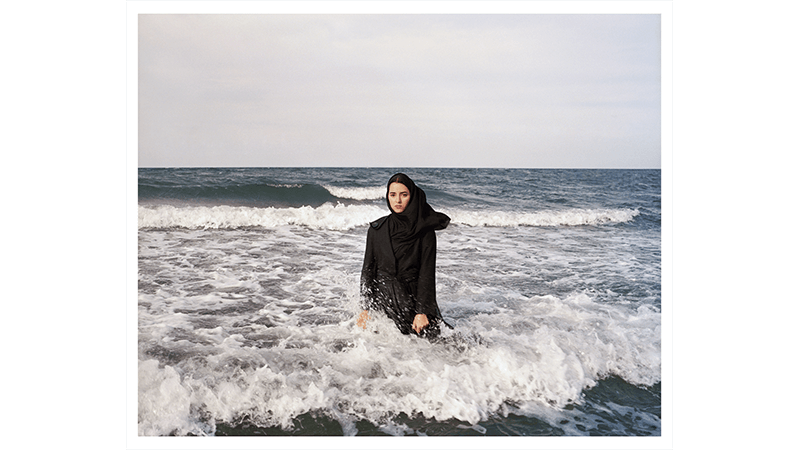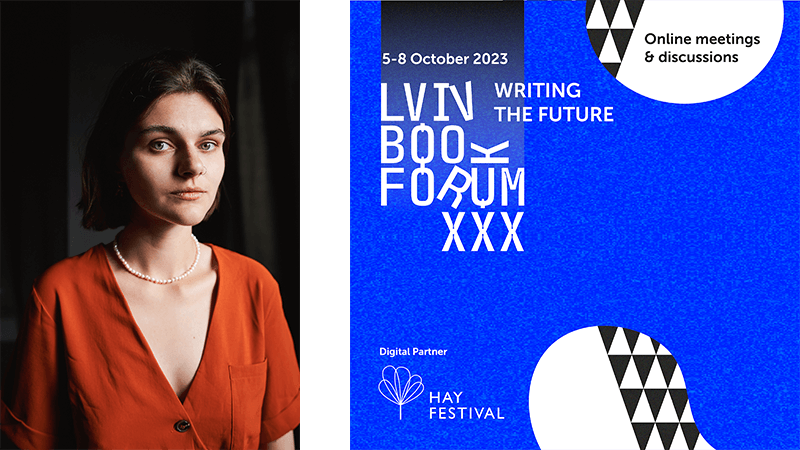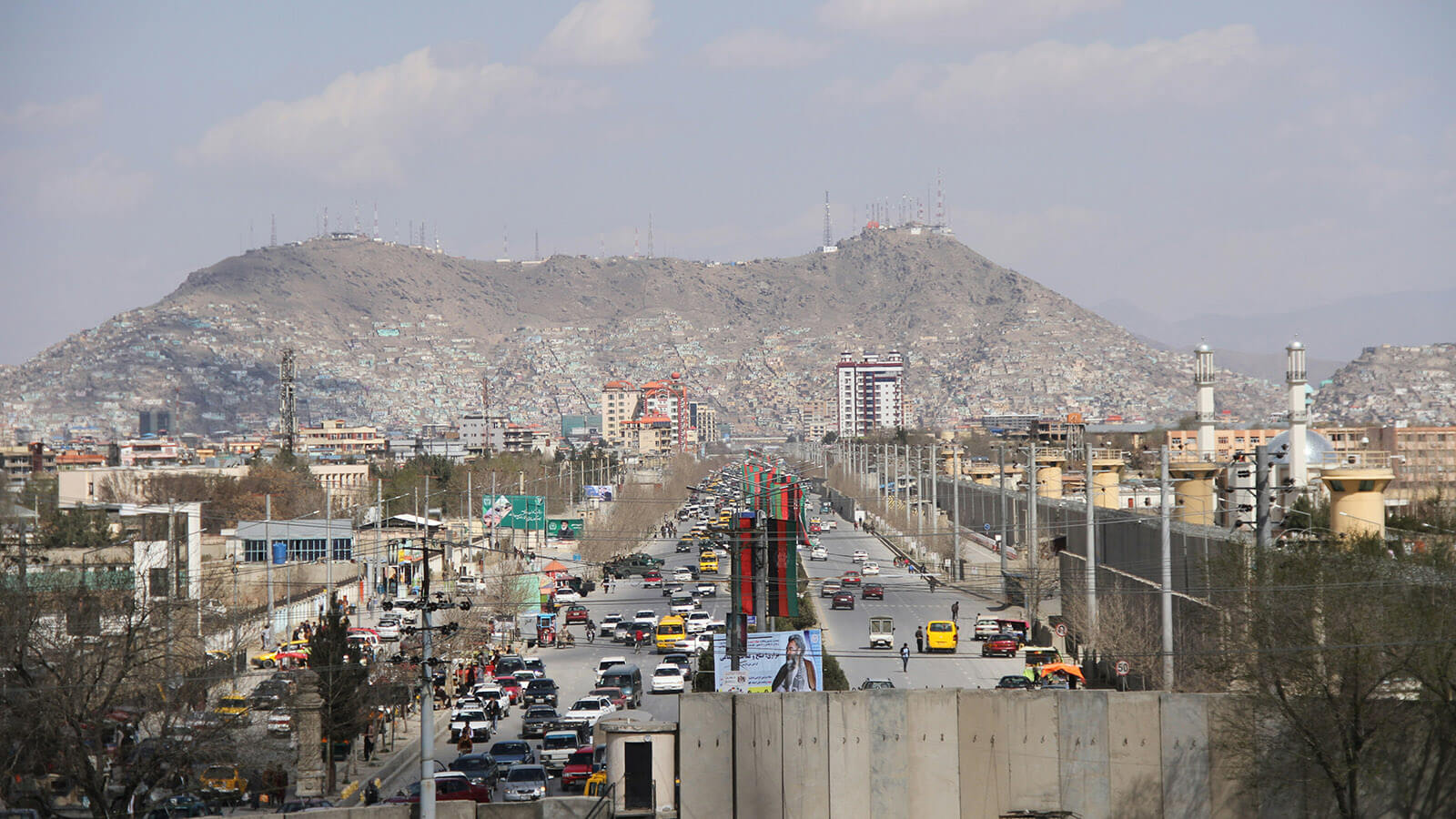The Female Iranian Photographers Fighting To Be Seen
The Iranian female gaze is rarely available outside the country. When the revolution of 1979 brought in the hardline Islamic regime, it was as if the country – and its women – disappeared behind the very veil that was made mandatory for women. For more than four decades, the Islamic regime has sought to control women and send them back inside the home. However, as the demonstrations that broke out when Mahsa Jina Amini died last September after being taken in for ‘bad hejab’ by the Morality Police showed, the women of Iran have had enough. The fury that poured out of Iran showed a people at the limits of its tolerance for daily injustice against half of the population. And the violent repression of the demonstrations has shown the world the brutality with which the Islamic Republic of Iran carries out that control.

The demonstrations also embodied the ferocity and fury of women in Iran; they are not afraid to fight for their rights. In fact, as the new coffee table book, Breathing Space: Iranian Women Photographers, shows, they have been doing so since the early days of the Islamic Republic. The book opens with Hengameh Golestan’s images of the very first demonstrations against the mandatory hejab, on Women’s Day 1979, just three weeks after Ayatollah Khomeini established the Islamic Republic of Iran, sweeping away over 2,000 years of monarchy. As the book’s curator Anahita Ghabaian explains: “These pictures show their opposition: everywhere you look, there are just women, protesting. This is an important moment in history.”
Ghabaian is well placed to curate this book of 23 women photographers of differing ages spanning three generations. In 2001, she founded the Silk Road Gallery in Tehran, Iran’s first exhibition space dedicated to contemporary photography. Breathing Space goes some way to showing the real Iran, capturing some of the complexities of society as seen by these women, examining issues of nostalgia, the war with Iraq, social controls, isolation, climate devastation and some of the most marginalised in society.
And it begs the question: how is it that these women photographers can produce work, exhibit and find fame both home and abroad? Ghabaian explains: “In Iran, no one accepts all the restrictions. Of course, there are many difficulties and challenges. And because of this, artists circumvent the restrictions to express themselves, to say what they have to say, to push to the limits of what is possible.
“It is a very particular and peculiar situation. Sure, it is not like being in Europe where you are free to say what you like, but it’s also not the case that because there are restrictions, everyone just shuts up and sits at home and does nothing. Iranian women have never accepted their lot, we have always resisted.’
Kamin Mohammadi is a journalist and author of the memoir The Cypress Tree: A Love Letter To Iran. She has also contributed an award-winning essay to the book Woman Life Freedom, a collection of artwork and first-person accounts of the wave of protests following the death of Jina Mahsa Amini’s death at the hands of Iran’s morality police in September 2022. Follow her on Twitter and Instagram @kaminmohammadi




